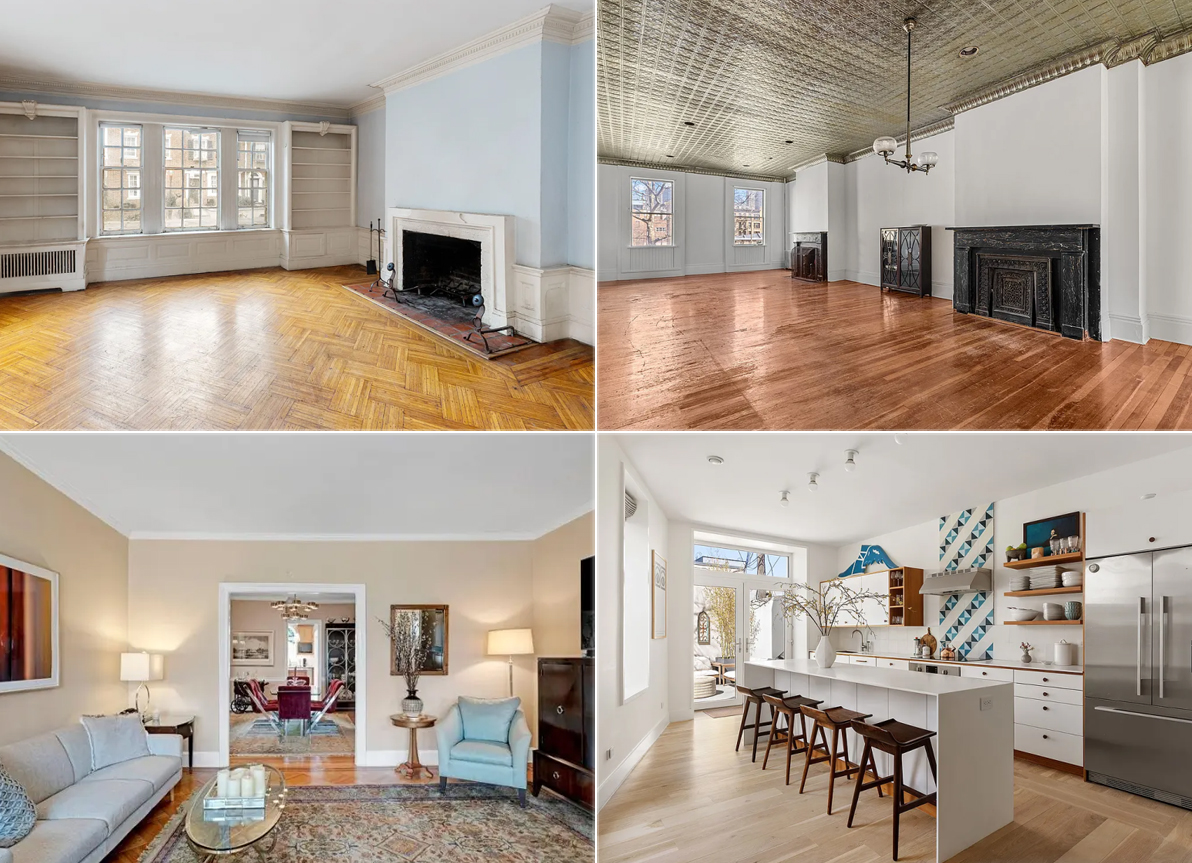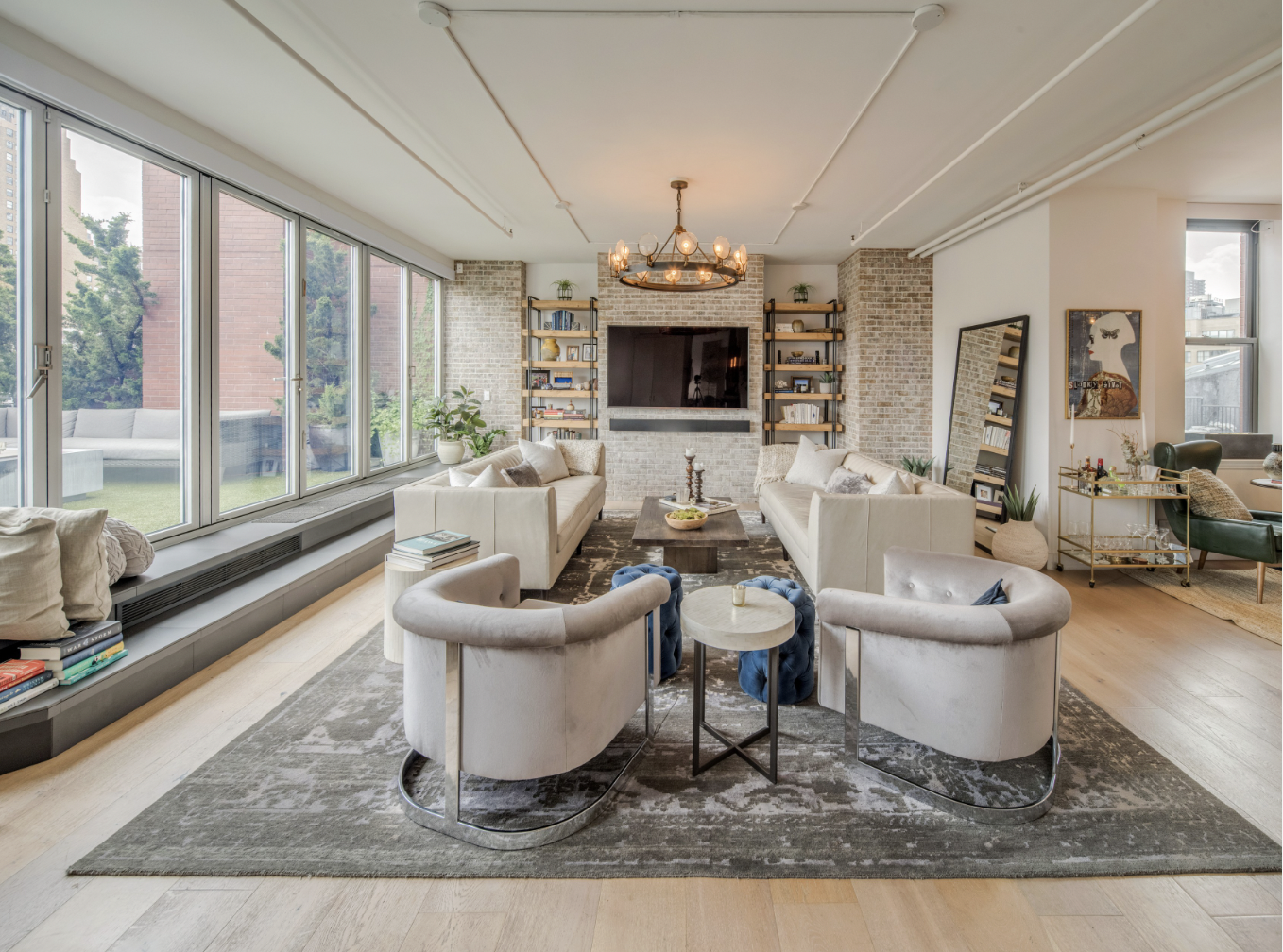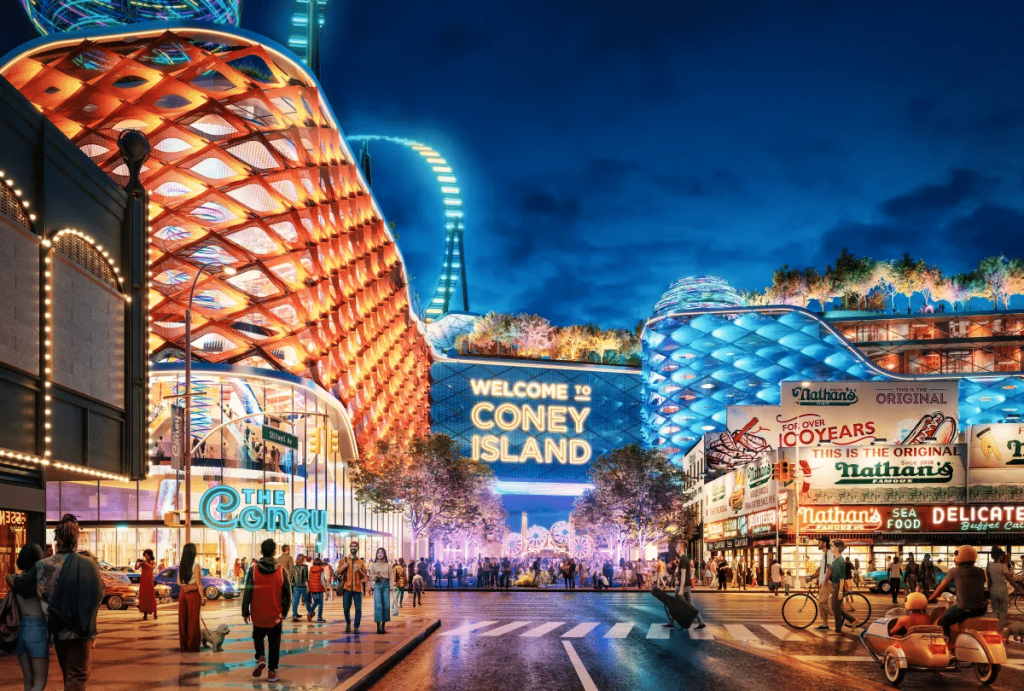Pratt Prof Expounds Heights Architectural History
Some enterprising Pratt student had the presence of mind to bring a video recorder along when architecture prof Bob Pelosi gave a walking tour of Brooklyn Heights and Park Slope. Among other things we learn that the St. George Hotel was considered “one of the wonders of New York” in its time. Taking up an…
Some enterprising Pratt student had the presence of mind to bring a video recorder along when architecture prof Bob Pelosi gave a walking tour of Brooklyn Heights and Park Slope. Among other things we learn that the St. George Hotel was considered “one of the wonders of New York” in its time. Taking up an entire city block, it had one of the grandest swimming pools in the world that cost over a million dollars to build at the time. In the Fifties, Sixties and Seventies, of course, it was used as a welfare hotel. Check it! Have any of you taken a class with Pelosi?
Brooklyn Architectural History [YouTube]





A lot of the neighborhoods get their names from the Native American origins/tribes (canarsie for instance). A great book on this is “When Brooklyn Was the World” by Elliot Willensky. Amazon has it listed but I thought I heard it was out of print.
I’ll give him the benefit of the doubt and simply say he’s exaggerating. Long Island was populated–sparsely, yes, but with villages and farms and homesteads–as early as the late 1600s. There are families in Suffolk county that are some of the oldest in the country. What is considered Brooklyn today was in fact a thriving cluster of villages, situated as they were to facilitate trade and commerce between the farms stretching eastward and the growing city across the river. Brooklyn proper (today’s downtown, the Heights, Dumbo, Vinegar Hill, Wallabout, and Fort Greene) was already an established port village by the mid-18th Century. All except what surrounded the ferry landing were mostly frame houses and small farms, but it had a population of about six thousand by the turn of the 19th Century. It is true that growth did not accelerate in earnest until the 1820s, but like the growth of New York City, that coincided with the building and completion of the Erie Canal. By the time Brooklyn incorporated as a city in 1834, it was already well on it’s way to becoming a metropolis, and by the 1850s, it was becoming one of America’s largest cities. Think there’s a lot of development going on now? The Brooklynite of the 1840s would call this a snail’s pace!
Very interesting! He mentions that Brooklyn and Long Island were bare or wilderness. “There was nothing here.” Just curious to know what Native American people/settlements were encountered. Or were they pushed out by the early 1800’s?